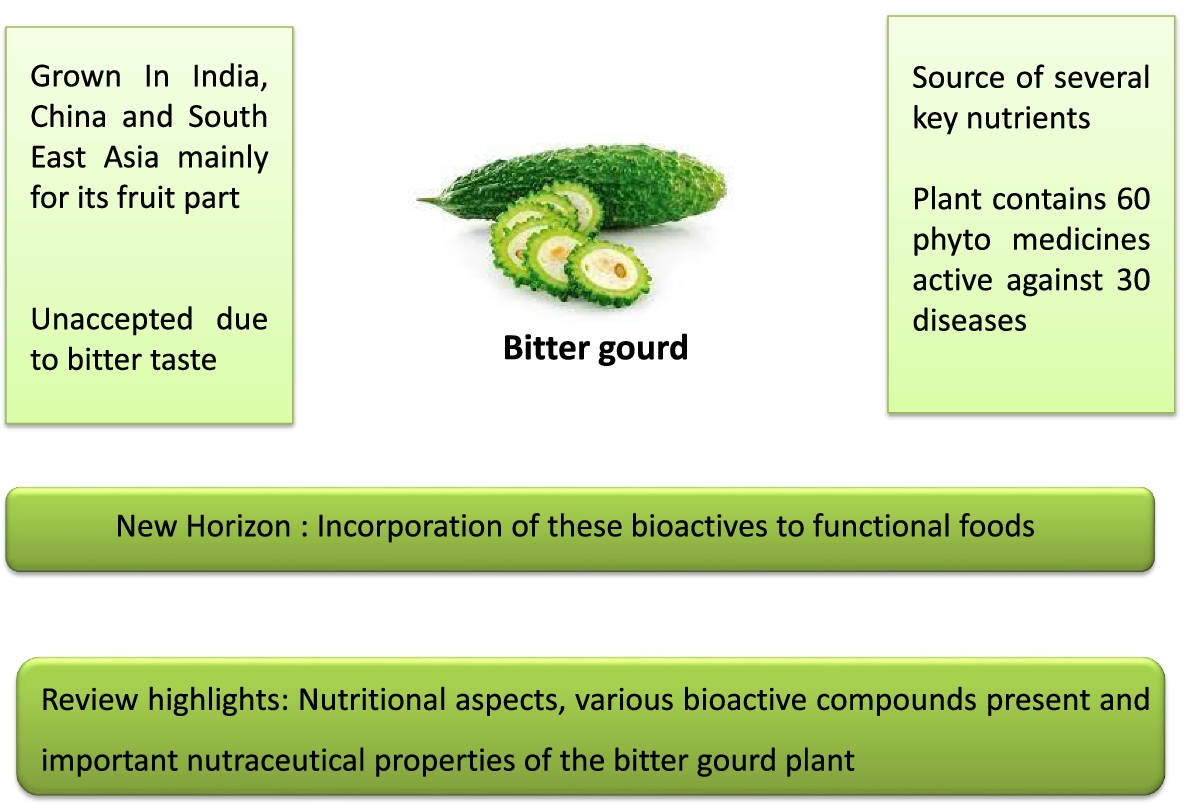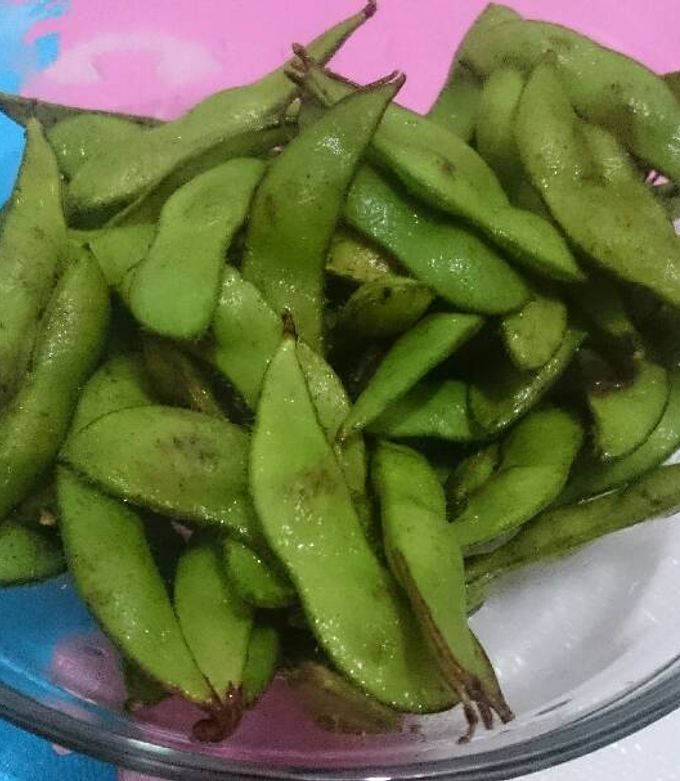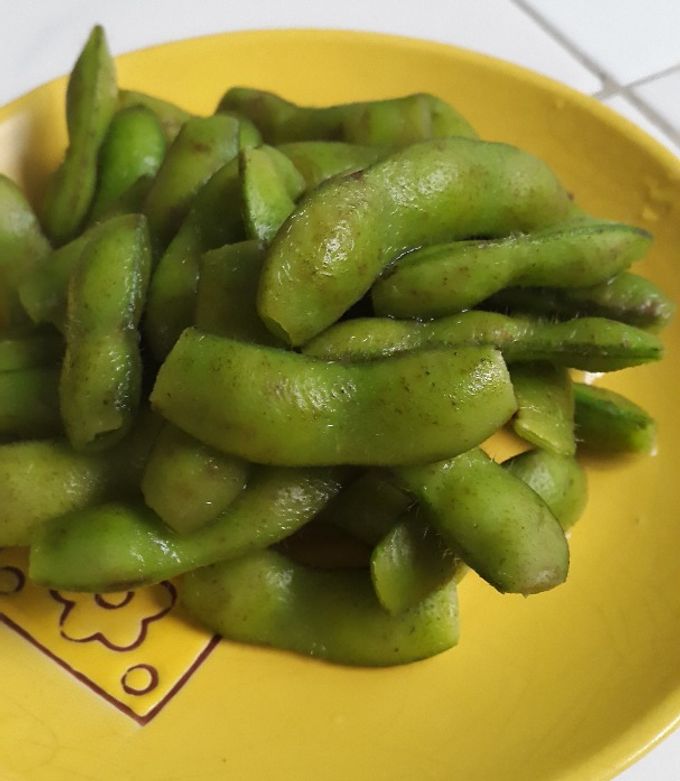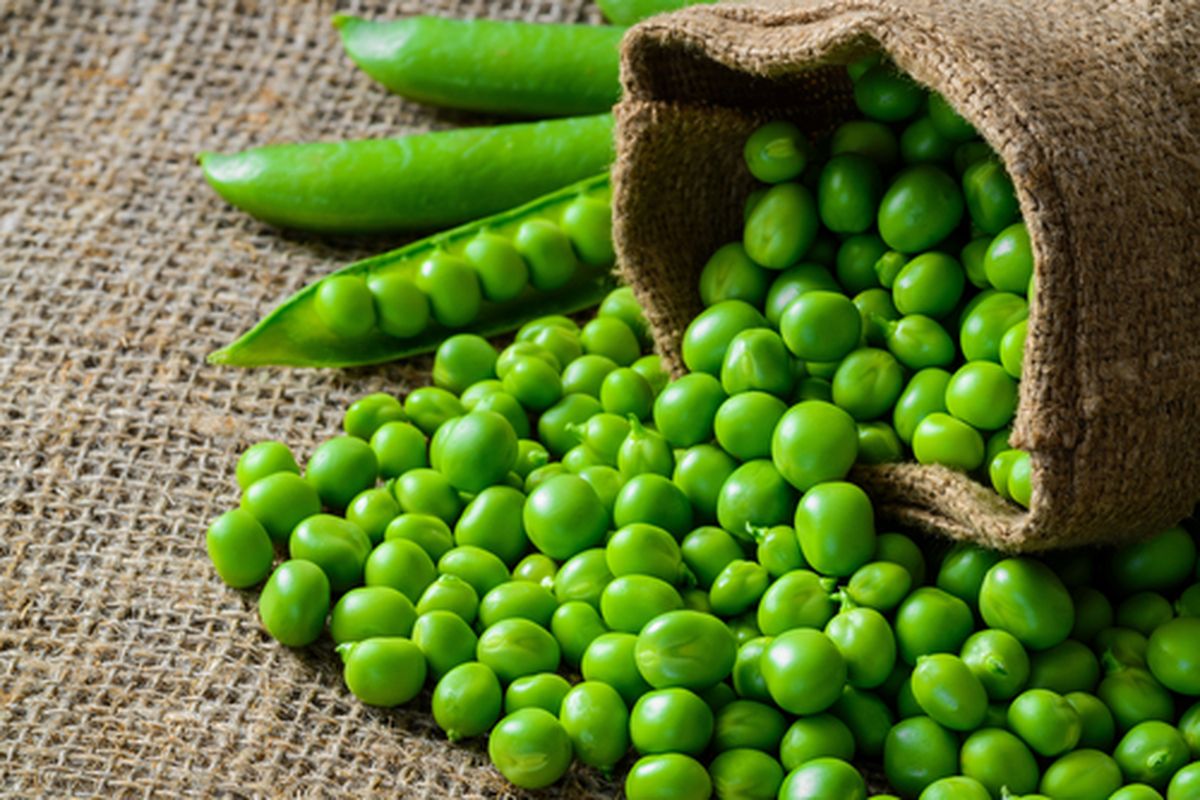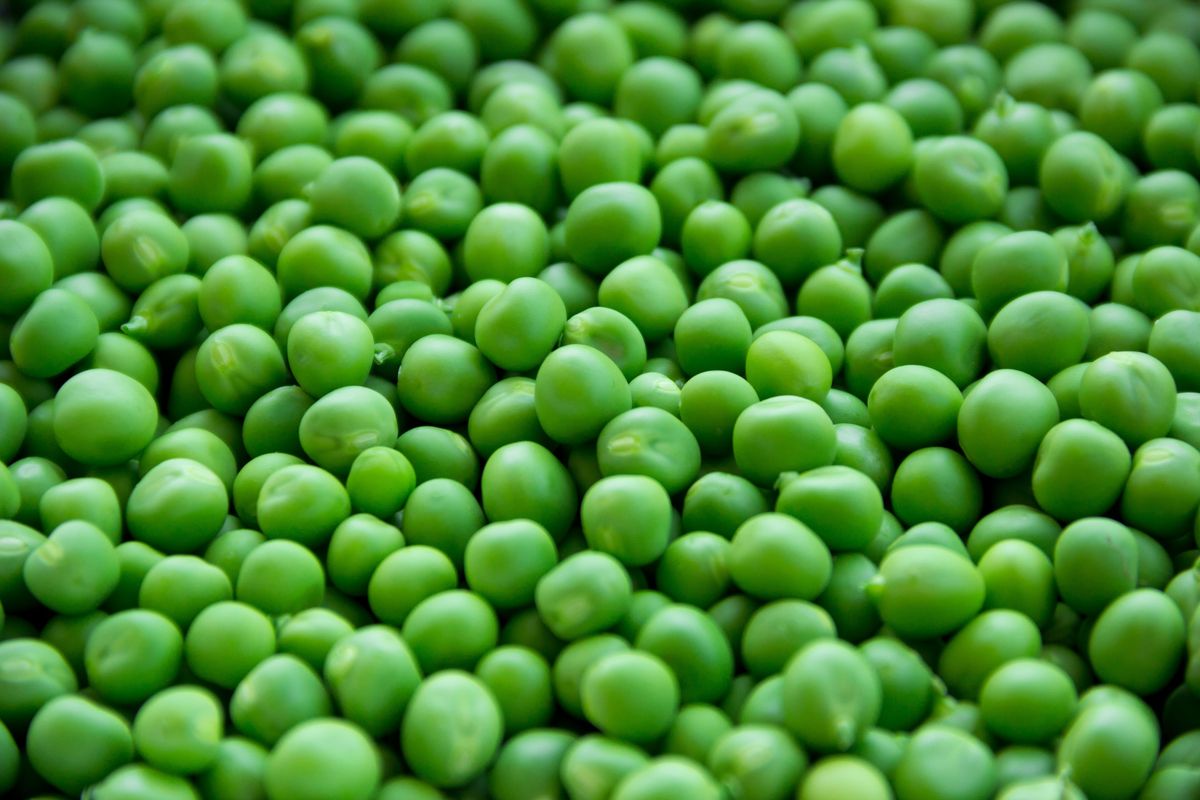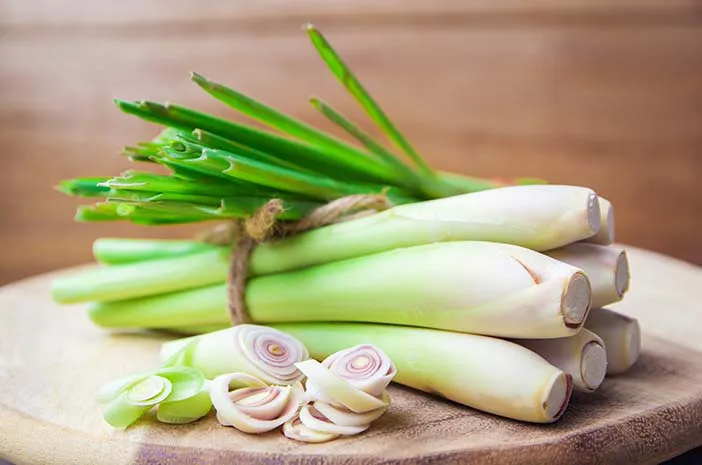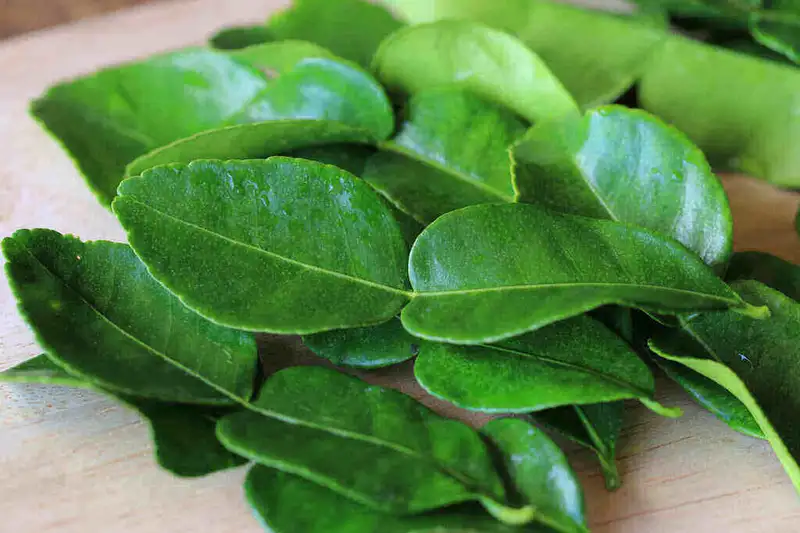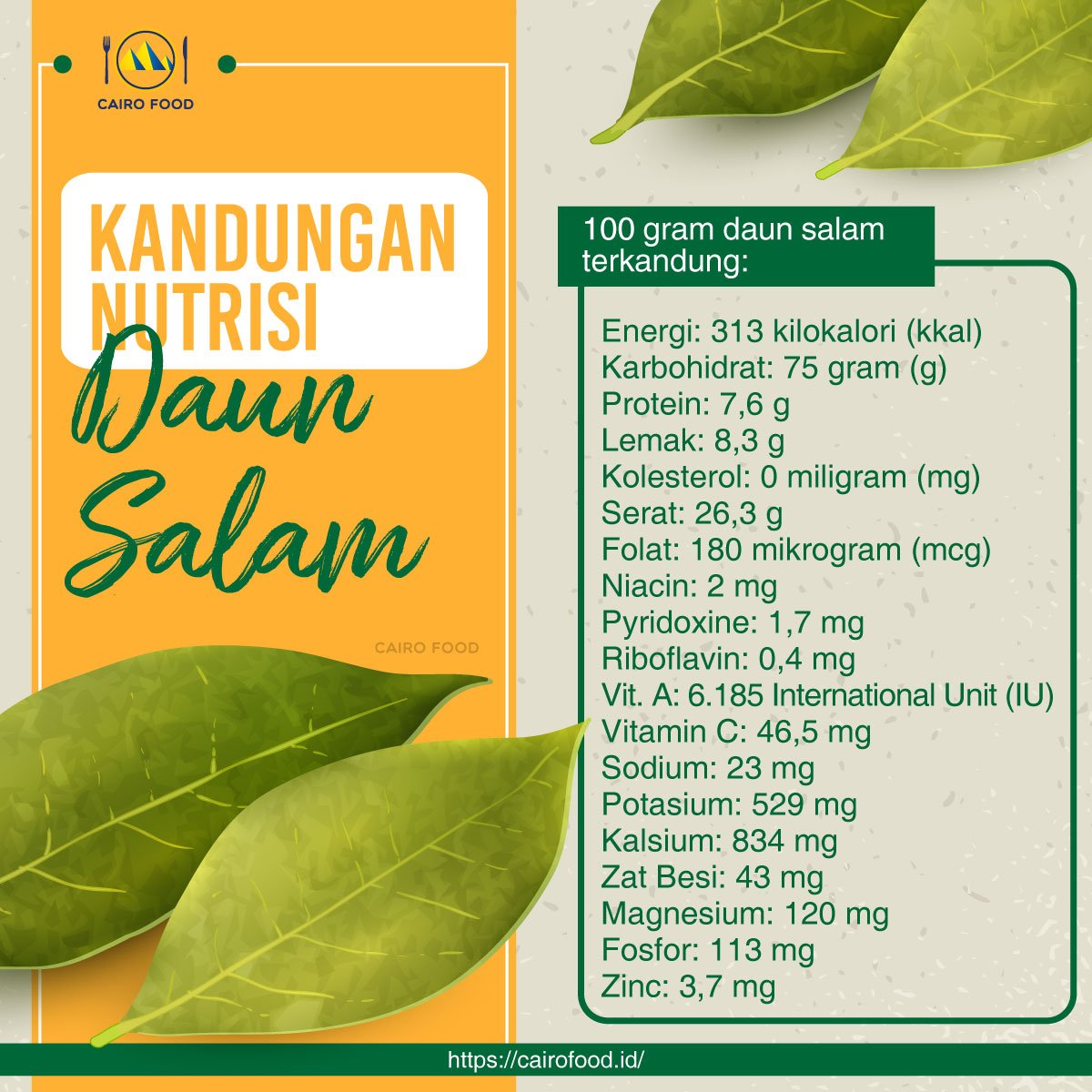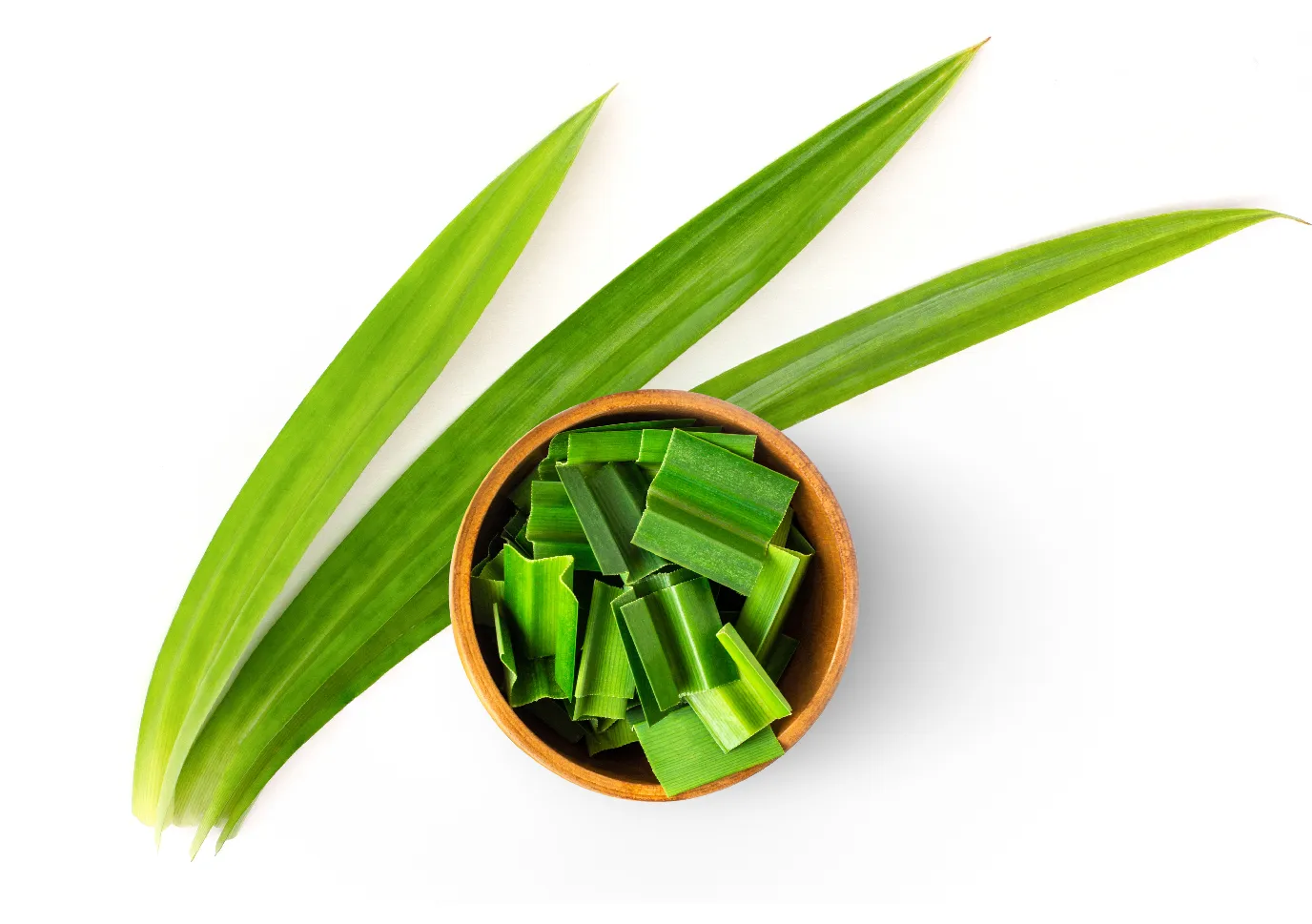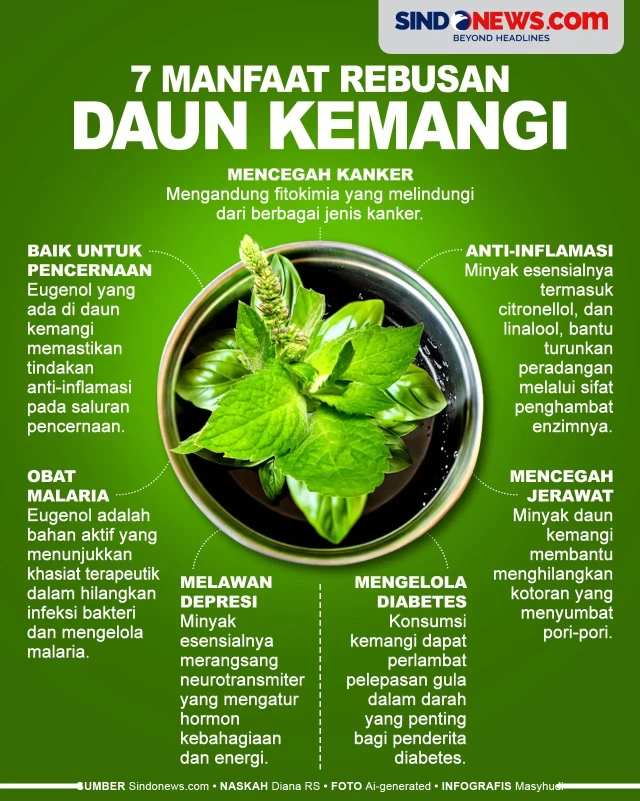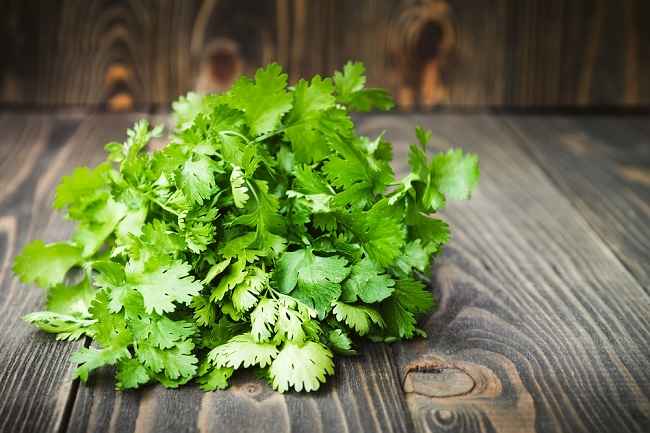Sayuran Pare, commonly known as bitter melon or bitter gourd, is a distinctive vegetable widely appreciated across Southeast Asia. Renowned for its unique bitter taste and numerous health benefits, it holds a prominent place in traditional cuisines and medicinal practices. This vegetable is regarded not only as a flavorful ingredient but also as a plant with therapeutic properties, making it a staple in many households. Its vibrant green exterior and textured surface make it visually recognizable, and its versatility in cooking ensures its popularity across various culinary traditions. Understanding the significance of Sayuran Pare involves exploring its nutritional value, cultural importance, and culinary applications.
Introduction to Sayuran Pare: A Popular Vegetable in Southeast Asia
Sayuran Pare is a highly regarded vegetable in Southeast Asian countries such as Indonesia, Malaysia, Thailand, Vietnam, and the Philippines. Its popularity stems from its distinctive bitter flavor, which adds depth to many traditional dishes. The vegetable is often used in soups, stir-fries, and pickles, serving as both a main ingredient and a flavor enhancer. Its widespread consumption is also driven by its association with health benefits, including blood sugar regulation and immune support. As a staple in local diets, Sayuran Pare has become a symbol of regional culinary identity and cultural heritage.
In many Southeast Asian markets, fresh bitter melons are readily available, often displayed alongside other fresh vegetables. The vegetable’s popularity has also led to its incorporation into modern fusion cuisines, where chefs experiment with its flavors and textures. Despite its bitterness, or perhaps because of it, Sayuran Pare appeals to a broad audience, especially those seeking healthy, natural ingredients. Its cultural significance extends beyond the kitchen, often linked to traditional medicinal practices that emphasize its detoxifying and healing properties.
The plant’s adaptability to various growing conditions and its relatively easy cultivation contribute to its widespread availability. Local festivals and food festivals sometimes feature special dishes centered around Sayuran Pare, celebrating its culinary and cultural importance. Overall, it remains an essential vegetable in Southeast Asian cuisine, appreciated both for its taste and its health-promoting qualities.
Nutritional Benefits and Health Advantages of Sayuran Pare
Sayuran Pare is not only valued for its flavor but also for its impressive nutritional profile. It is low in calories, making it suitable for weight management and healthy diets. Rich in dietary fiber, bitter melon aids digestion and promotes gastrointestinal health. It also contains a variety of essential vitamins and minerals, including vitamin C, vitamin A, folate, potassium, and magnesium, which support overall bodily functions.
One of the most notable health benefits of Sayuran Pare is its potential to help regulate blood sugar levels. Several studies suggest that compounds found in bitter melon can mimic insulin and improve glucose uptake, making it beneficial for individuals with diabetes or those at risk. Additionally, its antioxidant properties help combat oxidative stress and reduce inflammation, contributing to improved immune function and lowered risk of chronic diseases.
Furthermore, Sayuran Pare has been traditionally used for detoxification and cleansing of the liver. Its bitter compounds are believed to stimulate digestion and promote the body’s natural detox processes. Some research also suggests that it may have antimicrobial properties, supporting overall health and wellness. Regular consumption, as part of a balanced diet, can therefore offer multiple health advantages, especially in managing blood sugar and enhancing immune defenses.
Despite its many benefits, it is important to consume Sayuran Pare in moderation, as excessive intake might cause gastrointestinal discomfort in some individuals. Its natural bitterness is a sign of potent bioactive compounds, which contribute to its medicinal qualities. Overall, incorporating Sayuran Pare into meals can be a nutritious choice for those seeking natural health support and disease prevention.
Botanical Description and Origin of Sayuran Pare
Sayuran Pare, scientifically known as Momordica charantia, belongs to the Cucurbitaceae family, which includes cucumbers, squash, and melons. It is a tropical and subtropical vine that produces elongated, warty, green fruits that are harvested before they fully ripen to retain their characteristic bitterness. The plant is perennial but is often cultivated as an annual in many regions due to climatic conditions.
The origin of Sayuran Pare is believed to be in South or Southeast Asia, where it has been cultivated for thousands of years. Historical evidence suggests that it was domesticated in India or neighboring regions, spreading gradually to other parts of Asia, Africa, and the Pacific. Its adaptability to diverse climates and soils has contributed to its widespread cultivation across tropical and subtropical zones.
Botanically, the plant features climbing vines with tendrils that allow it to grow on trellises or fences. Its leaves are broad and lobed, and the plant produces yellow flowers before bearing fruit. The bitter melon itself varies in size, typically ranging from 10 to 20 centimeters in length, with a distinctive ridged or warty surface. Its bitter taste is primarily due to compounds called cucurbitacins, which are present in high concentrations in the fruit.
Throughout its history, Sayuran Pare has been valued not only as a food source but also for its medicinal applications in traditional medicine systems like Ayurveda, Traditional Chinese Medicine, and Southeast Asian herbal practices. Its botanical characteristics and rich history make it a fascinating plant with cultural, nutritional, and medicinal significance.
Culinary Uses and Traditional Recipes Featuring Sayuran Pare
Sayuran Pare is a versatile vegetable that lends itself to a variety of culinary preparations across Southeast Asia. Its distinctive bitterness is often balanced with ingredients like tamarind, garlic, onions, and chili to create flavorful dishes. In many traditional recipes, it is sliced or sliced lengthwise, then cooked through boiling, stir-frying, or braising.
One of the most iconic dishes featuring Sayuran Pare is "Gulai Pare," a spicy coconut milk-based curry common in Indonesia and Malaysia. The bitter melon is simmered with spices, onions, and coconut milk, resulting in a rich and flavorful dish that highlights the vegetable’s unique taste. In Vietnam, bitter melon is often used in "Canh Khổ Qua," a clear soup with pork or shrimp, seasoned with herbs and spices, offering a soothing and nutritious meal.
In the Philippines, a popular dish called "Pinakbet" includes bitter melon along with other vegetables like eggplant, squash, and okra, all stir-fried with shrimp paste for a savory flavor. Thailand features a stir-fried bitter melon with eggs, known as "Pad Kra Pao," where the vegetable is sliced thinly and cooked quickly with garlic, chili, and basil. Pickled bitter melon is also common, served as a tangy side dish or condiment.
Traditional recipes often emphasize the medicinal qualities of Sayuran Pare, combining it with ingredients believed to enhance its health benefits. Its culinary versatility allows it to be incorporated into soups, salads, stews, and even snacks. These dishes showcase how the vegetable’s bitterness can be harmonized with other flavors, creating complex and satisfying meals that are both nutritious and culturally significant.
How to Select Fresh and Quality Sayuran Pare at Markets
Choosing fresh and high-quality Sayuran Pare requires attention to several key features. When shopping at markets, look for fruits that are firm and have a vibrant green color, indicating ripeness and freshness. Avoid specimens with soft spots, wrinkles, or blemishes, as these may be signs of overripeness or spoilage.
The surface of the bitter melon should be textured with distinct ridges or warty bumps, which are characteristic of mature and flavorful fruits. A uniform size and shape are preferable, as irregularly shaped or overly large specimens might be less tender or have a more pronounced bitterness. The stem end should be fresh-looking and intact, without signs of mold or decay.
In addition to visual assessment, smell can also be an indicator of freshness. Fresh Sayuran Pare should have a mild, vegetal aroma without any sour or off-putting odors. When possible, gently squeeze the fruit to check for firmness; it should feel solid and not overly soft or mushy. Buying from reputable markets or vendors who prioritize freshness can also enhance the quality of your purchase.
If purchasing in bulk, select a few specimens to inspect closely before buying larger quantities. Proper storage at home involves keeping the vegetables in a cool, dry place and using them within a few days of purchase to preserve their flavor and texture. By paying attention to these details, you can ensure that your Sayuran Pare is fresh, flavorful, and of high quality.
Preparation Tips for Cooking Sayuran Pare Perfectly
Preparing Sayuran Pare to minimize its bitterness while retaining its nutritional value involves specific techniques. Before cooking, it is common to wash the vegetable thoroughly under running water to remove dirt and impurities. To reduce bitterness, many cooks recommend slicing the bitter melon and then salting or soaking it in saltwater for about 15-30 minutes. This process helps leach out some of the bitter compounds.
After soaking, rinse the slices thoroughly to remove excess salt and bitterness. Some recipes call for blanching the slices in boiling water for a few minutes before stir-frying or simmering, which further diminishes the bitter flavor. For dishes that require a softer texture, cooking the vegetable over medium heat with sufficient liquids and spices ensures even cooking and flavor absorption.
When incorporating Sayuran Pare into recipes, cutting it into uniform pieces promotes even cooking. Removing the stem and seeds, especially in larger specimens, can also help improve texture and reduce excess bitterness. Balancing bitterness with ingredients like tamarind, garlic, onions, or coconut milk can enhance the overall flavor profile of the dish.
Finally, tasting as you cook allows for adjustments to seasoning and bitterness levels. Proper preparation techniques not only make Sayuran Pare more palatable but also help maximize its health benefits without overwhelming its natural flavors. With careful handling, this vegetable can be transformed into a delicious and nutritious component of any meal.
Common Cultivation Practices for Growing Sayuran Pare
Growing Sayuran Pare requires warm, tropical, or subtropical climates with plenty of sunlight and well-drained soil. The plant thrives in temperatures between 25°C to 30°C (77°F to 86°F) and needs a growing season of about 60 to 80 days from planting to harvest

